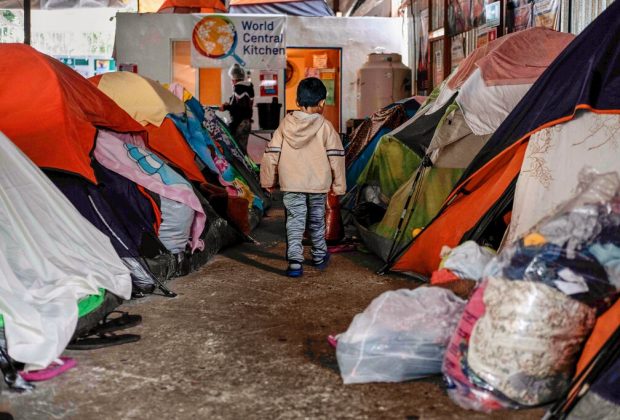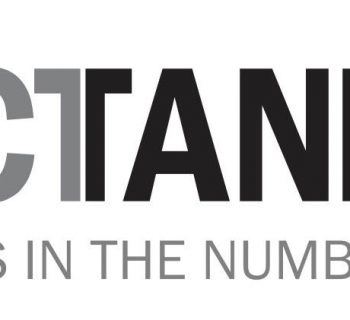By: , New York Times – March 8, 2021
The number of unaccompanied migrant children detained along the southern border has tripled in the last two weeks to more than 3,250, filling facilities akin to jails as the Biden administration struggles to find room for them in shelters, according to documents obtained by The New York Times.
More than 1,360 of the children have been detained beyond the 72 hours permitted by law before a child must be transferred to a shelter, according to one of the documents, dated March 8. The figures highlight the growing pressure on President Biden to address the increased number of people trying to cross the border in the belief that he will be more welcoming to them than former President Donald J. Trump was.
The children are being held in facilities, managed by the Customs and Border Protection agency, that were built for adults. The border agency has been the subject of widespread criticism for the horrific conditions in its federal detention facilities, in which children are exposed to disease, hunger and overcrowding.
Under the law, the federal government is required to move unaccompanied children within three days from the border facilities to shelters managed by the Department of Health and Human Services, where they are held until they are placed with a sponsor. Homeland Security officials have often pointed to delays by Health and Human Services in picking up the children as a reason for the prolonged detention.
Until last Friday, when the government lifted the restrictions, the shelters managed by Health and Human Services were at reduced capacity because of the pandemic. The shelters for migrant children are 13 days away from “maximum capacity,” according to the documents. The data shows the stress on the system designed to hold the migrant children as Mr. Biden tries to make good on a campaign promise to be more compassionate to migrants during a global pandemic.
Border agents encountered a migrant at the border about 78,000 times in January, the highest number for that month in at least a decade. Most of those were adults or families who were rapidly turned away under a pandemic emergency rule. The administration is expected to announce an increase in those crossings this week, according to officials.
The rules are different for unaccompanied children, who, rather than being turned back, are taken into custody, forcing the administration to find space for them. More than 5,800 unaccompanied children were found at the border in January, an increase of more than 1,000 from October 2020.
The Biden administration recently reopened an emergency facility used during the Trump administration in Carrizo Springs, Texas, to create more space for the children. The shelters where migrant children are supposed to be held have been strained. The Centers for Disease Control and Prevention directed the shelters to return to full capacity last Friday.
Health and Human Services had more than 8,100 unaccompanied children in its shelters as of Sunday, with space readily available for only 838 more, according to the documents. More than 42 percent of the roughly 3,250 children in the custody of Customs and Border Protection were held longer than the maximum of three days, even though they were referred for placement in shelters by Homeland Security, according to the documents. Border agents had yet to refer more than 440 of the young migrants in its custody to the child migrant shelters.
The Border Patrol and Health and Human Services have long struggled to efficiently transfer migrant children to shelters.
“It’s a difficult coordination process,” said Janet Napolitano, the homeland security secretary under the Obama administration. She said the rise of unaccompanied children at the border presented an urgent challenge for the administration. “That’s why they need some facilities at the border,” she said, “and I think what they need to do is move as quickly as humanly possible to place those minors with a vetted adult.”
By: , New York Times – March 8, 2021







